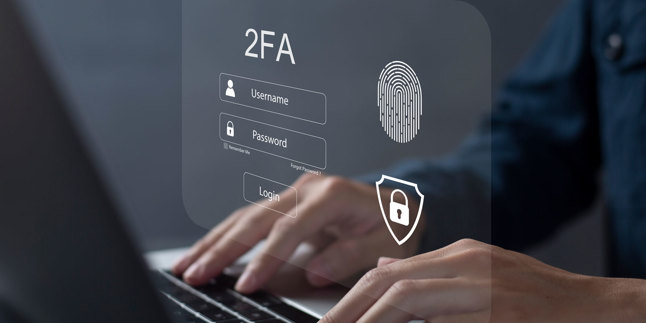Identity Theft Protection Strategies
Identity theft has become an alarming reality for many. This crime involves someone unlawfully obtaining and using another person's personal information, like Social Security numbers or credit card details, often leading to devastating financial and emotional consequences. In this post, we will explore the serious issue of identity theft through personal stories, share practical advice on how to protect yourself, and outline resources available to help you safeguard your identity.
Real-Life Encounters with Identity Theft
The Young Professional's Story
At 27, Sarah was just starting her career in marketing when she received an unexpected call from her bank. “We noticed some unusual transactions on your account,” the representative said. Confused and anxious, Sarah quickly learned that someone had stolen her credit card information and had been making purchases without her knowledge.
“I felt violated and scared,” she recalls. “I had no idea how it happened or what I could do.” The situation escalated, impacting her credit score and making it challenging to secure a personal loan she needed for a new car.
Advice: “Regularly monitor your bank statements and credit report. Catching something early can save you a lot of trouble later.”
The Retiree’s Experience
James, a retired veteran, found himself in a tough spot when he discovered that someone had opened credit accounts in his name. “I always thought I was safe,” he says. “But I received a call about a loan I never applied for. It was a shock.”
The stress from dealing with the situation took a toll on his health, adding anxiety to his retirement years. After extensive paperwork and several calls, he was able to clear his name, but not without lasting effects.
Advice: “Use strong passwords and change them often. Also, consider two-factor authentication. It feels like a hassle at first, but it adds an important layer of security.”
The Young Parent’s Wake-Up Call
Lisa, a busy mom of three, never thought she would fall victim to identity theft. One day, she noticed unusual charges on her bank account while paying bills. “I thought it was just a mistake,” she shares. “But when I looked closer, I realized it was serious.”
After investigating, Lisa found out that someone had been using her information to open various online accounts. The time spent dealing with banks and credit bureaus was frustrating, especially with young kids at home.
Advice: “Limit the personal information you share online. You never know who’s watching. Be careful with social media—what you think is harmless can give someone the keys to your identity.”
Protecting Yourself Against Identity Theft
1. Use Strong Passwords and Change Them Regularly
Creating strong, unique passwords for all your online accounts is essential. Avoid using easily guessable information, and consider using a password manager to generate and store complex passwords securely.
2. Enable Two-Factor Authentication
Adding two-factor authentication (2FA) wherever possible is a crucial step. This method requires a second form of verification, such as a text message code, providing an added layer of security.
3. Be Cautious with Personal Information
Be mindful of what personal information you share online. Avoid oversharing on social media platforms and think twice before disclosing sensitive information over the phone or via email.
4. Monitor Your Financial Accounts Regularly
Frequent checks on your bank and credit card statements can help you catch unauthorized transactions early. Report any suspicious activity to your bank immediately.
5. Utilize Credit Monitoring Services
Consider subscribing to a credit monitoring service that alerts you to changes in your credit report. These services can help you spot potential identity theft before it becomes a bigger issue.
What to Do If You Become a Victim
If you find yourself a victim of identity theft, take the following steps immediately:
- Report the Theft: Contact your financial institutions to report fraudulent activity and freeze your accounts.
- File a Report with the FTC: Visit IdentityTheft.gov to report the theft to the Federal Trade Commission and receive a recovery plan.
- File a Police Report: A police report can assist you in disputing charges and clearing your name.
- Contact the Credit Bureaus: Notify the major credit bureaus about the identity theft and consider placing a fraud alert or credit freeze on your reports.
- Document Everything: Keep detailed records of all communications and actions taken to resolve the situation.
Identity theft is a serious threat that can disrupt your financial stability and peace of mind. It’s clear that anyone can become a victim, but there are steps you can take to protect yourself. By understanding the risks, employing proactive measures, and knowing what to do if you become a victim, you can significantly reduce the likelihood of identity theft impacting your life. Stay vigilant, safeguard your personal information, and prioritize your cybersecurity in this ever-evolving digital landscape.
Tags: Cybersecurity
Related Posts

Safeguarding Your Finances in the Digital Age

Understanding Two-Factor Authentication

Top Cybersecurity Threats in 2025 and How to Protect Yourself

Cybersecurity Tips for Small Businesses in Louisiana

Strengthening Online Banking Security for Personal and Business Accounts

What to Do If You Become a Victim of Cybercrime

